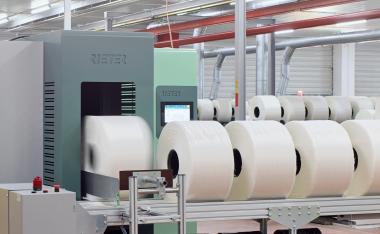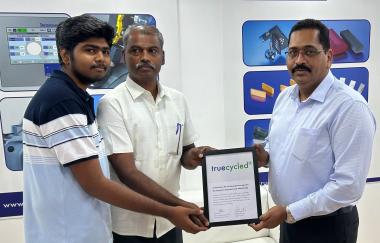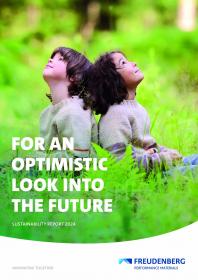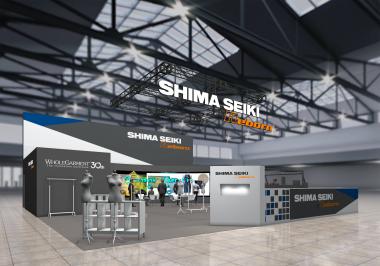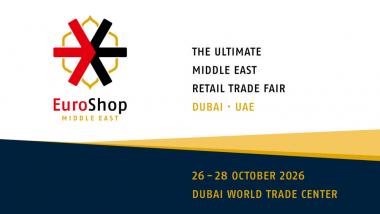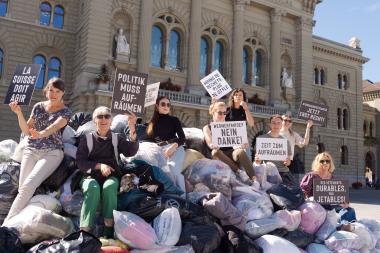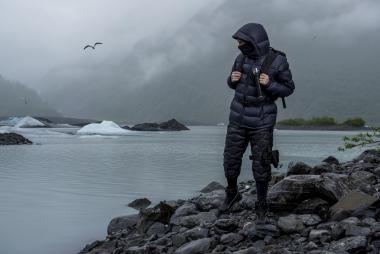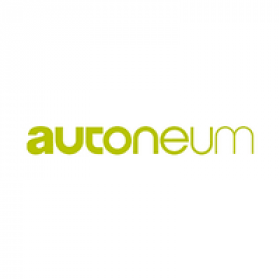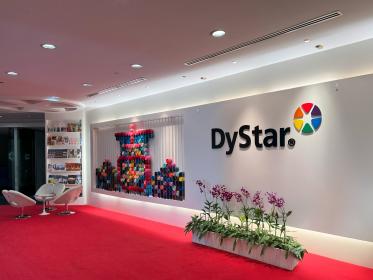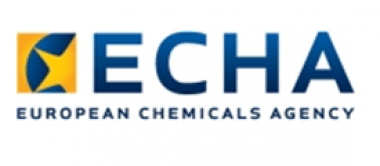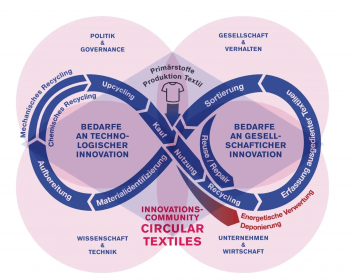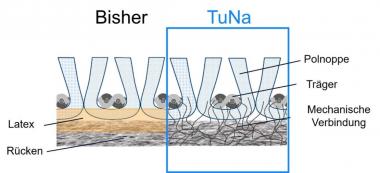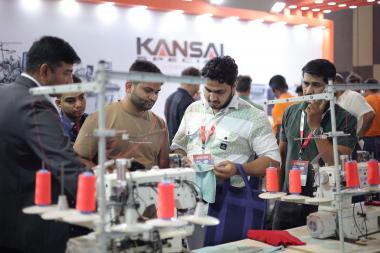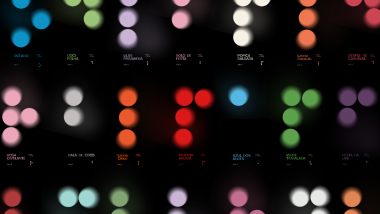Eastman Naia™: New cellulose acetate filament yarn at Intertextile Shanghai 2025
A result of Eastman’s recently announced strategic partnership with Huafon Chemical, the new filament yarn features even higher tenacity, making it the perfect solution for premium lightweight fabrics.
On August 13, Eastman and Huafon Chemical jointly announced a formal strategic partnership to establish a joint facility to produce cellulose acetate yarn. The facility will be dedicated to localized production and product innovation of Eastman Naia™ cellulose acetate filament yarns in China. This collaboration demonstrates Eastman’s long-term commitment to the Chinese market and further deepens its market presence in China by enabling a more agile supply chain response to meet the market demand for high-quality, innovative, and sustainable textile materials in the region.
With the vision to make sustainable textiles accessible to all, the Eastman Naia™ portfolio offers responsibly sourced, biobased cellulosic fibers and yarns. These eco-friendly options empower mills, designers, and brands to create textiles that do not compromise on comfort, quality, or appearance.
Naia™ acetate filament yarn is widely recognized and used by both high-end luxury and high-street fashion brands in China and around the world. It is favored for ready-to-wear fashion and linings because of its luxurious silky hand feel, beautiful drape, and rich luster. Beyond aesthetics, Naia™ delivers superior comfort, durability, and ease of care.
Eastman has developed a robust network of mills and fabric trading partners in China, collaboratively driving innovation to develop some of the most advanced acetate-based fabrics in the global textile market today.
Eastman Eastman Chemical Company filament yarn Intertextile Shanghai Huafon Chemical
Eastman






